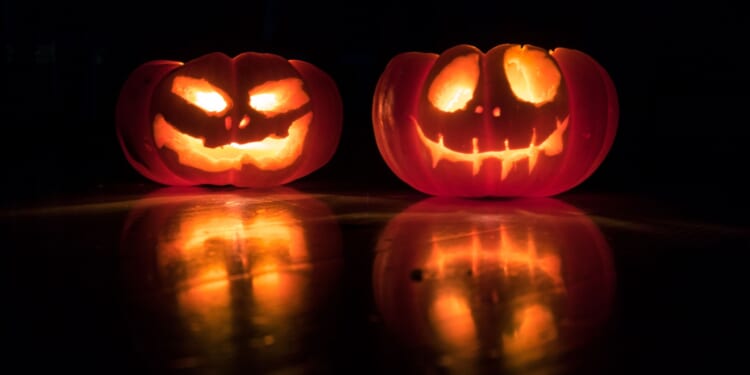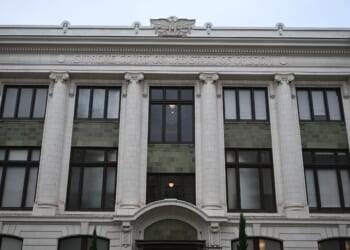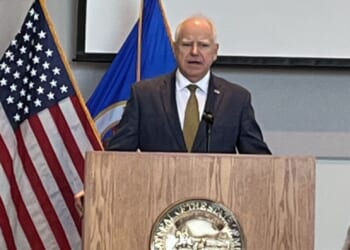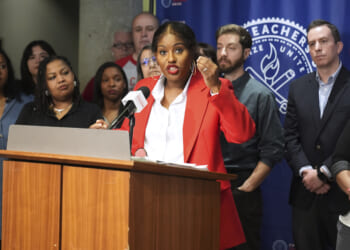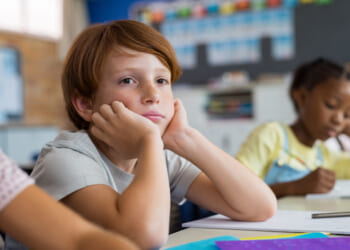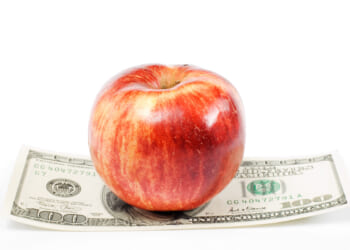Ghouls, gourds, and giggles will abound tonight — but whose idea was it to have a celebration on such a chilly night?
What we now know as the celebration of Halloween began as a Celtic tradition called Samhain. Celebrated midway between the fall equinox and the winter solstice, the three-day celebration welcomed the winter, or the “dark half” of the year. The festival featured mythological stories told around large bonfires, copious amounts of beer, carved turnips (later pumpkins) and, it was believed, otherworldly spirits. During Samhain, the bounds between the mortal world and the underworld were loosened, allowing departed ancestors to spiritually join families for dinner and necessitating costumes for mortals, lest fairies spirit them away.
While Celtic groups in Ireland, England, and Northern France celebrated the festival, and Celtic literature and mythology mentions Samhain as soon as the early Middle Ages, archeological finds in Ireland suggest that the Celts had perhaps inherited an even older celebration. It’s also likely that Samhain was combined with two Roman harvest festivals during the four hundred years when the Romans ruled the Celts.
It’s no surprise that the practice was a bubbling brew of different elements. Celebrations honoring the departed are a historic fixture in many locales around the world and often incorporate elements from different cultures, like Hispanic Day of the Dead ceremonies.
As Samhain grew in popularity throughout the Middle Ages, the Catholic church took notice. Christians had celebrated a feast day of remembrance and thanksgiving for departed souls since the early centuries of the Church, but had generally done so near Easter. In a move that scholars think was distinctly purposeful, Pope Gregory IV ordered in 837 that the date be moved to November 1. The hope was to baptize pagan festivals into Christian ones, in the same tradition as the Church’s baptism of the Roman festival of Saturnalia into Christmas.
The festival is called All Hallows Day, and, naturally, the day before is All Hallows Eve. The festival was celebrated with bonfires, parades, and costumes of angels and devils.
Today, the celebration still has religious significance for liturgical Christian traditions, who often hold masses and services to honor and remember the holy souls who have passed on. Some neo-pagan traditions also celebrate a modern version of Samhain.
As Celtic practices evolved alongside Catholicism, many traditions remained. Centuries later, as Irish Catholic immigrants came to America, they brought their Halloween traditions with them: parades, pranks, and pumpkins. Large amounts of Irish immigrants settled in Minnesota in the mid 1800s, with Irish leaders playing major parts in the development of St. Paul for over a century. Culturally, the pieces were in place for Halloween to become a beloved Minnesota holiday.
Halloween in Minnesota
Today, Minnesota is home to Anoka, the Halloween Capital of the World.
How did it earn this moniker? It all began in 1920, when Halloween pranksters had tipped over outhouses, smeared soap on windows, and let cows loose down Main Street in previous years. Local leaders realized that it would be best to direct the town’s festive energy toward treats rather than tricks. With the help of community organizations and clubs, the town constructed a large Halloween parade, complete with costumed children and delicious treats for all, culminating in a bonfire. The town was so enamored by the occasion that they have held a celebration every year since (besides two years during WWII).
Celebrations kept getting bigger and bigger, gathering crowds of 20,000 by the 1930s. In 1937, Anoka declared themselves the Halloween Capital of the World. Today, Anoka celebrates Halloween with two parades, a Miss Anoka appearance, and many costumed children.
Across the state, trick or treaters were thwarted in 1991 with the “Great Halloween Snowstorm.” The Twin Cities saw over eight inches of snow on that cold night. Snowfall continued for two days, sidelining Catholic All Souls masses.
This year, let’s hope for safe weather conditions, full sized candy bars, and comfortable costumes for our revelers!

